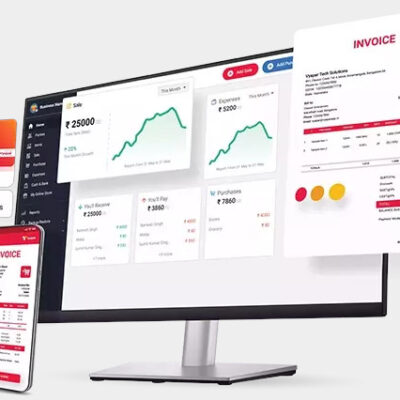In the fast-paced world of online business, having your own ecommerce website is more than just a trend – it’s a necessity. Whether you’re a small business owner, an aspiring entrepreneur, or a creative mind with products to showcase, establishing a digital storefront opens up a world of opportunities. In this blog post, we’ll guide you through the essential steps to create your very own ecommerce website.
Step 1: Define Your Niche and Products
Before diving into the technicalities, start by defining your niche and the products you want to sell. Identify your target audience and understand their needs. This foundational step will guide your website design, marketing strategy, and overall brand identity.
Step 2: Choose the Right Ecommerce Platform
Selecting the right ecommerce platform is crucial for your website’s success. Popular platforms like Shopify, WooCommerce (for WordPress users), and BigCommerce offer user-friendly interfaces and a range of features. Consider your budget, technical expertise, and scalability needs when making this decision.
Step 3: Register a Domain Name and Set Up Hosting
Give your ecommerce website a memorable and brandable domain name. Choose a name that reflects your business and is easy to remember. Once you’ve decided on a name, register it and set up hosting. Reliable hosting ensures your website is accessible and performs well.
Step 4: Design Your Website
The design of your ecommerce website plays a significant role in attracting and retaining customers. Choose a clean, user-friendly design that aligns with your brand. Most ecommerce platforms offer customizable templates, allowing you to create a professional-looking site without extensive coding knowledge.
Step 5: Add Products and Set Prices
Start adding your products to the website, ensuring each listing is accompanied by high-quality images and compelling product descriptions. Set clear and competitive prices, considering factors such as production costs, competitor pricing, and your target profit margin.
Step 6: Implement a Secure Payment Gateway
The security of online transactions is paramount. Integrate a reliable payment gateway to enable secure transactions for your customers. Common choices include PayPal, Stripe, and Square. Ensure that your chosen gateway complies with industry security standards.
Step 7: Set Up Shipping and Tax Information
Establish clear shipping policies and rates for your customers. Integrate a shipping calculator to provide accurate cost estimates. Additionally, configure tax settings based on your business location and applicable tax regulations.
Step 8: Optimize for SEO
Boost your website’s visibility on search engines by implementing effective Search Engine Optimization (SEO) strategies. Optimize product titles, descriptions, and images with relevant keywords. Create an XML sitemap and submit it to search engines to enhance crawlability.
Step 9: Implement Analytics and Tracking
Monitor the performance of your ecommerce website by integrating analytics tools like Google Analytics. Track user behavior, site traffic, and sales data. Analyzing this information will help you make informed decisions to improve the user experience and drive sales.
Step 10: Launch and Market Your Website
Once everything is set up, it’s time to launch your ecommerce website. Announce your launch through social media, email newsletters, and other marketing channels. Consider running promotional campaigns to generate initial interest and attract your first customers.
Creating your own ecommerce website requires careful planning and attention to detail. By following these steps, you’ll be well on your way to establishing a successful online presence. Embrace the journey, adapt to evolving trends, and watch your ecommerce venture thrive in the digital landscape. Good luck!
-
Billing & Invoicing Software
Original price was: ₹52.50.₹1.00Current price is: ₹1.00. -
Cars, Bikes & Automobiles Website Designing Service
Original price was: ₹60,000.00.₹45,000.00Current price is: ₹45,000.00. (Onwards) -
Ecommerce Website Designing Service
Original price was: ₹60,000.00.₹25,000.00Current price is: ₹25,000.00. (Onwards)



